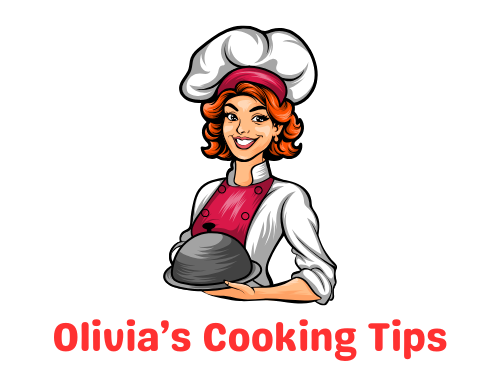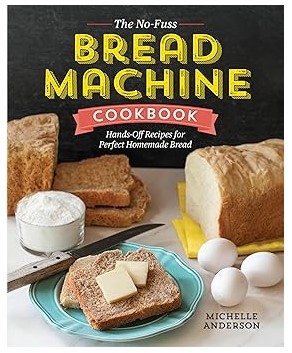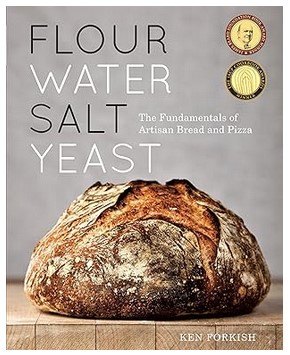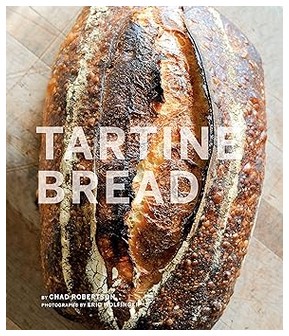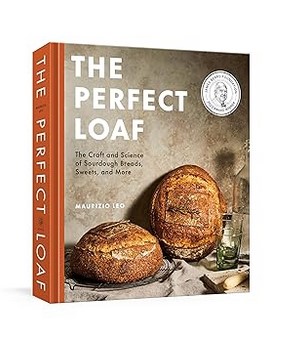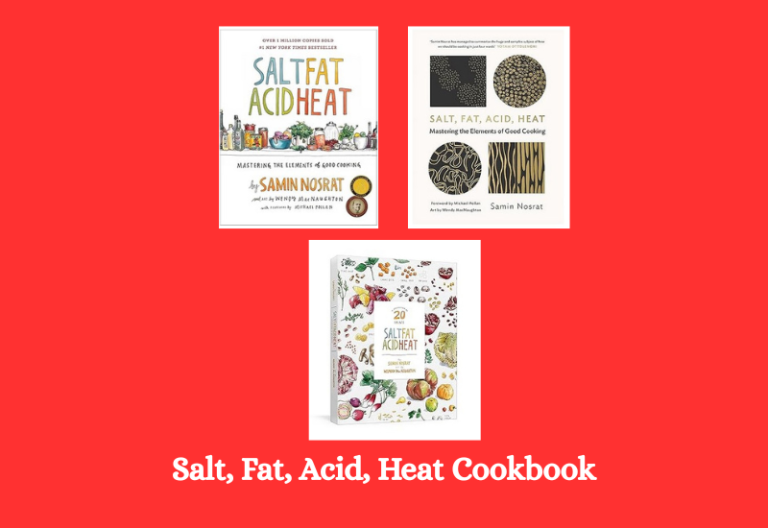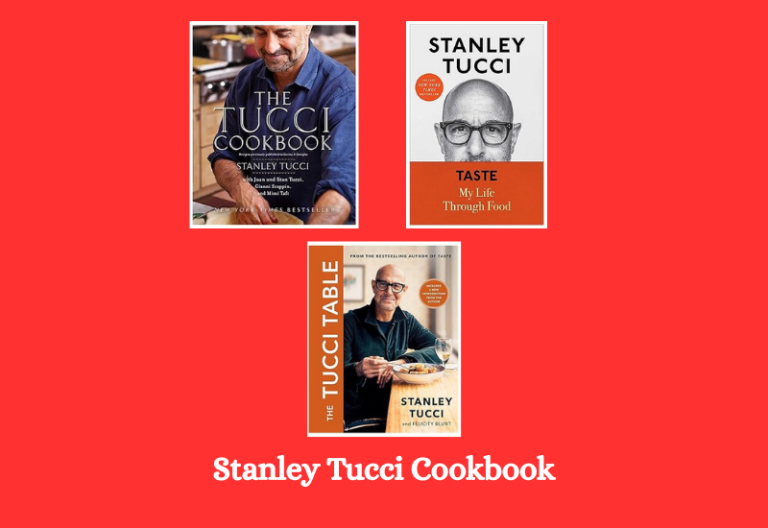5 Best Bread Cookbooks That Make Homemade Baking Easy
Warm bread fresh out of the oven brings comfort like nothing else. The smell, the texture, the golden crust everything about homemade bread feels special. Great results start with the right guidance, and that’s where a good cookbook makes all the difference.
Some books simplify the process with step-by-step instructions. Others dive deeper with artisan techniques and flavor twists. From soft sandwich loaves to crusty sourdough, each book in this list opens the door to new baking adventures.
Clear photos, easy measurements, and practical tips help both beginners and seasoned bakers feel confident. Whether you use a Dutch oven, bread machine, or just your hands, the right cookbook keeps things fun and stress-free.
Each of these five picks brings something unique to the kitchen. They teach more than recipes they build real baking skills. Explore these standout titles and bring bakery-level bread into your own home.
5 Best Bread Cookbooks 2025
1.
Cookbook Overview
Easy Bread for Busy Days
This book focuses on one thing easy bread-making. You don’t need special skills. You don’t need fancy ingredients. Just add what the recipe tells you into your bread machine and press start. That’s it.
Made for Your Machine
No matter what size your machine is 1-pound, 1.5-pound, or 2-pound this cookbook has you covered. The recipes work with most models. You don’t need to guess how much to adjust. It’s all written clearly.
No Complicated Methods
This is not a book for experts or bakers who spend hours in the kitchen. It’s for people who want fresh, tasty bread with little effort. You won’t need to knead dough or check it every few minutes. The machine does the work. The book shows you how.
Features
Sweet and Savory Recipes
The cookbook has many types of bread. Some are sweet, some are savory. You’ll find recipes with herbs, spices, cheese, fruit, and vegetables. Want banana bread? It’s in there. Want a cheesy herb loaf? That’s there too. Each recipe brings something new to the table.
Simple Ingredients
You don’t need hard-to-find flours or add-ins. Most ingredients are already in your kitchen or easy to buy from a nearby store. You don’t have to worry about added gluten or strange powders. This book keeps things real.
Step-by-Step Help
The instructions are short and clear. You won’t get lost halfway through. Each recipe tells you what to do, how much to add, and what to expect. That makes it great for beginners.
Works With Any Size
Some people own small machines. Others have bigger ones. The cookbook gives options for different loaf sizes. You just follow the section for your machine. No need to figure it out on your own.
Helpful Bread Tips
Ever had a loaf sink in the middle? Or come out too wet? This cookbook includes tips to fix common problems. You’ll learn what to do if your bread isn’t turning out right. These tips help you get better each time you bake.
Easy to Follow Layout
The layout is neat and simple. No long stories. No hard words. Just recipe after recipe, written clearly and with care.
2.
Cookbook Overview
Clear Focus on Artisan Bread and Pizza
This book teaches how to bake rustic bread and Neapolitan-style pizza at home. It covers basic loaves, complex sourdoughs, and crispy pizzas. You can bake all of them using a regular oven. You don’t need a bakery or fancy tools.
Ken Forkish explains things in a simple and honest way. His book shows how to make both fast and slow recipes. That means you can bake bread after work or spend a full weekend on sourdough. You choose what fits your time.
Written for All Skill Levels
This cookbook helps everyone. A complete beginner can follow the first recipes without stress. A skilled baker will still learn new ideas and techniques. The steps are easy to follow. The pictures guide you at every stage.
Ken tested every recipe in his own kitchen. He knows what works. He tells you what to expect. That gives you confidence while baking.
Bread and Pizza in One Book
You get more than just bread recipes. The pizza chapter stands out. It offers many kinds of dough and sauces. You can bake pizza on a stone or a cast-iron pan. The results are crispy and delicious. The mix of bread and pizza makes this book useful. You can enjoy it all week. Bread one day. Pizza the next.
Features
Simple Ingredient List
Just four basic items flour, water, salt, and yeast. That’s the heart of every recipe. Ken shows how small changes in time, temperature, or mixing can create very different breads. You don’t need hard-to-find ingredients. You only need care and time.
Flexible Recipes
Some recipes are quick. Others take more time. You can bake bread in one day or work on it for three. Ken explains how to plan ahead. This lets you fit baking into your busy life. He also teaches how to change recipes. You learn how to adjust water or flour. This helps you make bread the way you like it.
Step-by-Step Sourdough Guide
There’s a full chapter on making levain, or natural starter. You learn to grow it from just flour and water. The book explains every stage. That makes sourdough feel simple, not scary. Even if you’ve never tried sourdough, you will understand the process. Ken’s instructions are clear and calm.
Strong Focus on Technique
This is more than just a list of recipes. The book explains the why behind each step. You learn how dough feels when it’s ready. You learn how to fold it, shape it, and bake it right.
He also explains “baker’s percentages.” That helps you balance ingredients and build your own recipes. It’s a smart way to learn baking from the inside.
Tools and Tips for the Home Baker
No need for a fancy kitchen. Ken used regular home tools while writing the book. He recommends a Dutch oven, a pizza stone, or a cast-iron pan. These are easy to find. You likely have some already.
He also shares tips for using time well. You learn how to fit bread baking into your daily routine. That makes it easy to keep baking often.
3.
Cookbook Overview
Simple Start for New Bakers
This book begins with the basics. It doesn’t jump into hard recipes. The first few pages explain how bread works. You learn why flour matters. You understand what yeast does. And you see how water and salt affect the dough.
Step-by-step instructions help you bake your first loaf without stress. There’s no rush. Each chapter builds your skills slowly. The recipes move from easy to more advanced. You won’t feel lost.
Clear and Friendly Layout
The book is full of pictures. Each photo matches a step in the recipe. This helps you know what your dough should look like. No guessing. The pages are neat. The language is simple. Anyone can follow it.
Each recipe shows the prep time and proof time. That makes planning easy. You won’t be caught off guard. You also get a short list of tools you’ll need. Nothing fancy. Just the basics.
Great for Everyday Bakers
The book doesn’t focus only on fancy breads. It has recipes you’ll actually bake. White bread, sandwich loaves, dinner rolls, sweet buns, and more. It even includes no-knead recipes for busy days. So you can enjoy fresh bread without spending hours in the kitchen.
Features
Bread Basics Explained
The first section explains the science behind bread. You learn how flour forms gluten. You see how yeast makes the dough rise. You understand what kneading does. These basics give you confidence. You’ll stop guessing and start knowing.
There’s a short guide on tools. Mixing bowls, measuring cups, a scale, and a Dutch oven these are all you need. Each item is explained so you understand why it helps.
Step-by-Step Photos
Each recipe comes with clear steps and matching photos. These photos are real-life helpful, not just pretty pictures. They show you what your dough should look like at each stage. You won’t feel alone. You’ll see your progress with each step. This is helpful for visual learners and new bakers.
No-Knead, Kneaded, and Enriched Recipes
The book includes three types of bread:
-
Kneaded breads like sandwich loaves and baguettes.
-
No-knead breads for busy days or beginners who don’t want to knead.
-
Enriched breads like brioche and cinnamon rolls that use eggs, butter, or milk.
Each recipe has clear instructions. You’ll know what makes each type different. And how to bake them right.
Troubleshooting Help
Things go wrong sometimes. Dough doesn’t rise. Crust burns. Bread sinks in the middle. This book doesn’t ignore those problems. It gives answers. There’s a helpful FAQ section. It covers common mistakes and how to fix them. So if your brioche burns or your baguette falls flat, you’ll know what to do next time.
Skill Building
The book teaches more than just recipes. It builds skills. As you go through each chapter, you gain confidence. You learn how to shape dough, control oven heat, and spot dough readiness. These are skills you’ll use for life.
Each new recipe challenges you a little more. But never too much. It’s like climbing stairs. One step at a time. Soon, you’re baking artisan bread without fear.
4.
Cookbook Overview
Written by a Respected Baker
Chad Robertson is not a TV chef or a food influencer. He’s a working baker. His San Francisco bakery, Tartine, is famous around the world. He won the James Beard Award for Outstanding Pastry Chef in 2008. People wait in line outside Tartine for a reason his bread is that good.
A Deep Look into Artisan Bread
The book is not just about sourdough. It goes into the roots of artisan bread. Chad shares how flour, water, and salt can become something special. He explains why bread matters to him and to many people around the world.
Inspired by Years of Practice
Chad trained with top bakers and then tested everything again in his own bakery. This book shows what he learned after years of work. He gives readers the same tools he uses, with clear steps and real advice.
Features
Simple Ingredients, Big Results
This cookbook proves you don’t need fancy tools or hard-to-find ingredients. Just flour, water, and salt. That’s it. The magic comes from how you mix, shape, and bake them.
Clear Step-by-Step Instructions
Each recipe is easy to follow. The book has many photos. These pictures guide you through each stage mixing, folding, shaping, and baking. You won’t feel lost.
Master Recipe + Variations
The base recipe is strong and flexible. Once you learn it, you can try many types of bread. The book includes more than 30 recipes that use the main bread dough in different ways.
Uses for Day-Old Bread
Leftover bread becomes a gift. Chad shares recipes for sandwiches, soups, French toast, and even a Kale Caesar made with crunchy bread pieces. Nothing goes to waste.
Loved by Home Bakers
During lockdown, many people turned to this book. It helped them learn, bake, and feel calm. The instructions made artisan bread feel possible at home even for first-timers.
5.
Cookbook Overview
A Trusted Guide for Sourdough
Maurizio Leo is the voice behind The Perfect Loaf, a well-known blog for sourdough lovers. He’s now taken that knowledge and packed it into this cookbook. Readers will find trusted recipes and easy tips. His goal is to make sourdough less scary and more joyful. Each chapter starts with the basics and builds up to more complex recipes.
Award-Winning Quality
This book isn’t just popular it’s respected. It won the James Beard Award, the IACP Award, and hit The New York Times bestseller list. It was also picked as one of Saveur’s Best Cookbooks of the Year. That shows the book’s value. It’s not about trends. It’s about solid baking.
Wide Range of Recipes
This isn’t only about sourdough. It offers so much more. From pizza to pita, cinnamon rolls to rye loaves, it’s all here. Each recipe feels thoughtful, tested, and clearly explained. Many of the breads can be made with tools found in a home kitchen. That makes it useful for everyday bakers.
Features
Step-by-Step Instructions
Every recipe breaks down the steps clearly. There’s no guessing. Maurizio explains what to do, what it should look like, and what to expect. The language is simple, and the photos help you follow along. Even first-time bakers will feel guided.
Freeform and Pan Loaves
Bread types vary. Some bake freely on a tray. Others go into pans. This book gives great recipes for both. Try Simple Sourdough or a Honey Whole Wheat Sandwich Bread. There’s also German Whole Rye and Naturally Leavened Brioche.
Flatbreads and Pizza
Flatbreads are fast, tasty, and fun. This book includes Naan, Pita, and Flour Tortillas. There’s also Roman-Style Pan Pizza and Focaccia. These are great for quick meals or sharing with friends.
Buns, Rolls, and Breakfast Treats
Soft Dinner Rolls. Potato Buns. Bagels. Even English Muffins. The book has them all. There’s also a section for sweet bakes like Banana Bread, Cinnamon Babka, and Italian Doughnuts. Great for brunch or a cozy weekend.
Fixes and FAQs
Things don’t always go right. Maurizio knows this. That’s why he includes a visual guide to common bread problems. He also answers questions like how to store your starter or understand baker’s percentages. These sections feel like a friend helping you, not a lecture.
For Beginners and Pros
Beginners will love the calm tone and careful tips. Advanced bakers will enjoy the science parts and deep dives. There’s advice on hydration levels, flour types, and even grinding your own grains. This book grows with you.
Final Thoughts
The best bread cookbooks offer more than just recipes. They teach, guide, and inspire. Each book brings its own style some focus on sourdough, others explore quick breads, flatbreads, or sweet loaves.
A good cookbook gives clear steps, helpful tips, and answers to common baking problems. It also grows with you as you learn. Whether you’re just starting or already baking weekly, the right cookbook makes all the difference.
Choosing from the best bread cookbooks means finding the one that fits your style, your pace, and your kitchen. These books don’t just help you bake they help you understand. And once you get that first warm, golden loaf out of the oven, you’ll see why it’s all worth it.
